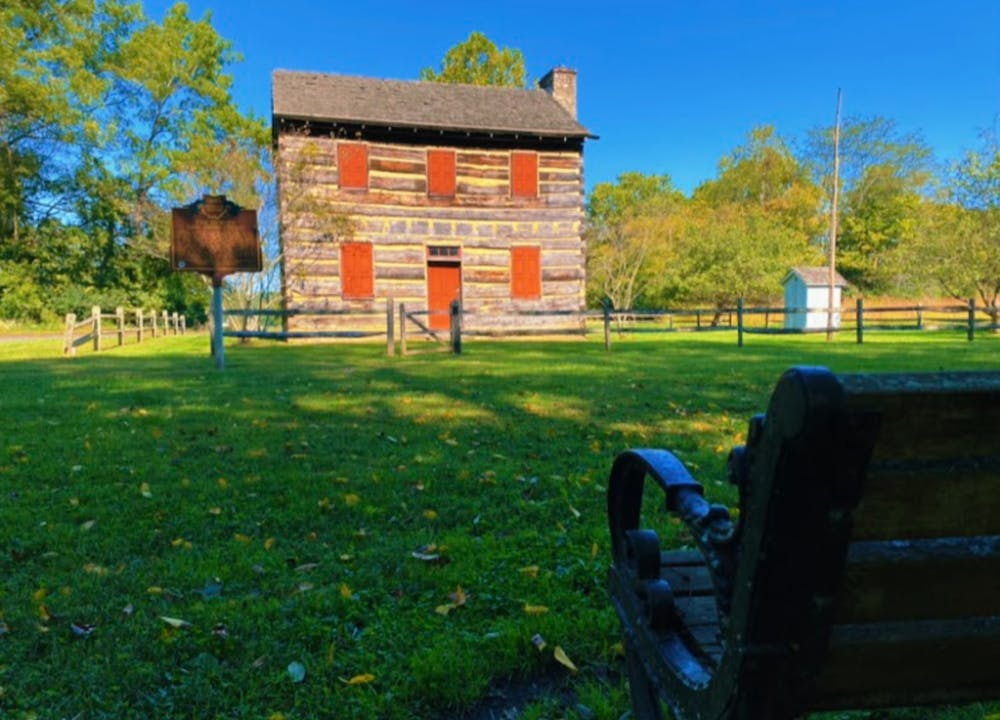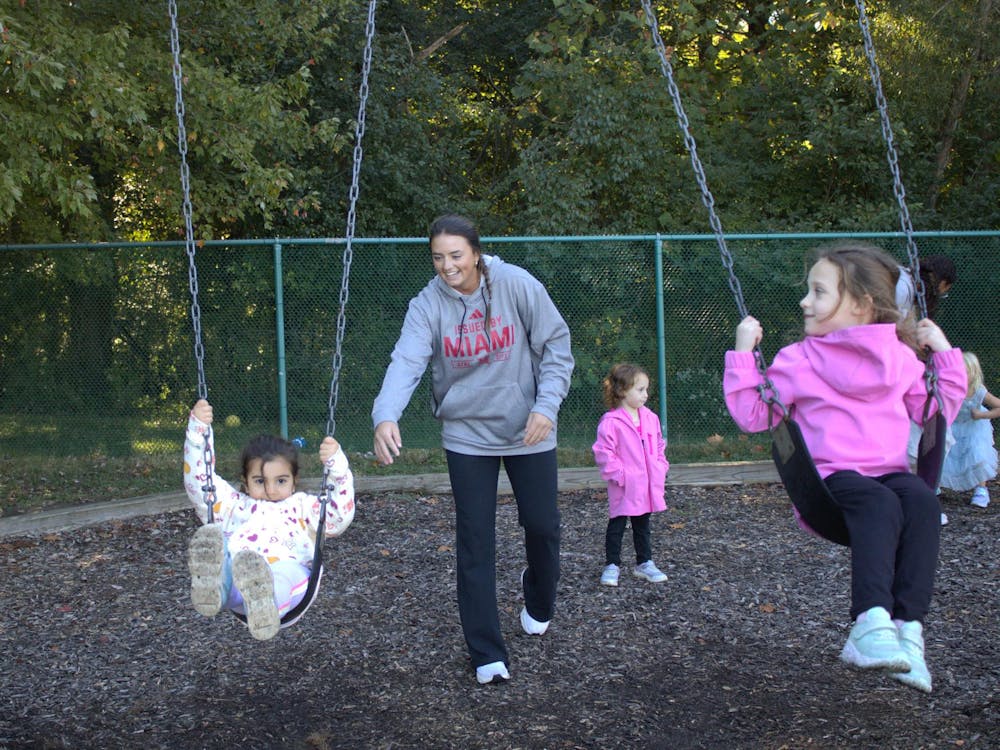BY: MARIA ALMEIDA
The available green spaces around the town of Oxford, the effects they have encountered post-Covid, and how to bring them back to the public's attention.

After taking a deep dive into the media platforms of the Natural Areas around Miami University, it became hard to find recent updates on what has been going on throughout the preserves. This is why I decided to meet with current field manager, Nancy Feakes, to have an “on-the-ground perspective” of the environment’s current state. To give a brief history background, the Natural Areas were donated to Miami for preservation and protection and were approved to be used by the University for the purpose of research and understanding of field biology. As described in the Natural Areas brochure, “The Committee is responsible for overseeing and managing the Natural Areas, which includes 17 miles of hiking trails for public use”. The natural areas serve and benefit students and visitors who want to engage with habitats and outdoor recreation due to personal desire and/or educational curiosity.
In most recent times, or as I’d say "post-Covid” the projects and work done in these preserves has been held-back and significantly slowed down. “With fewer classes on campus, I believe that there were less classes actually using the environment last year but there are some long term research studies that are being continued” says Feakes. Because these resources were unoccupied throughout the end of the first semester of quarantine, maintenance of the Natural Areas was not a big concern for the staff members that were the ones responsible for it. However, at the same time Covid had started, Nancy’s predecessor, Jim Reid, had declared his retirement; this then led his job to be unfilled and the progress of the trails to be repressed for over a year. Once hired in the spring of 2021, Nancy was immediately put to work on what had been empty and changed the past year in the field of trail maintenance. By the beginning of her term, trail maintenance and area restoration had become first priority for the committee -hence why the website hasn’t been updated. Also, in the past there have been more students working and cooperating with daily projects and regular trail work, in comparison to now where Nancy has been doing ‘one and a half times the normal workload and represents twenty five percent of the staffing’ -thanks Covid!
Some of the work Nancy does is truly impressive considering she has been on her own for the past six months. She adds: “I’ve cleared the logs, I've been doing the weeding...I do need to replace some bridges, fix some drainage issues, I’ve cleaned a little bit in front of where we have benches to enhance the view but there is a lot more work that needs to be done”. Luckily, there have been recent job applications coming in which will help her do this type of work, alongside with university groups like Engineers Without Borders who plan to help out by starting a project to reconstruct bridges destroyed by trees. Additionally, as much as we wish it was no longer a thing, soil pollution continues to be present in these natural areas and also nationwide really. In her first week on board, Nancy remembers picking up about twenty four bags of litter and enhances on the fact that off the trails is where she’ll regularly find more in abundance. “College Woods Loop and Western Woods are most common to be filled with a great amount of litter” she claims.
How can you help?
- Volunteer in projects:
- Repairing small bridges
- Digging out and resetting water bars
- Removing invasive species from within 3 feet of trail surface
- Picking up litter in contaminated areas
- Follow guidelines:
Enjoy what you're reading?
Signup for our newsletter
- Staying on trails
- If you bring a dog, clean up after your dog and keep them on a leash
- No campfires
Despite the setbacks, the Natural Areas continue to be supported and opened to Miami students and serve opportunities for research and exploration throughout the year. However, it is of most benefit to Nancy and her team that visitors take responsibility and contribute to the ecological restoration of these areas by taking part in different projects and following guidelines when visiting the sites.





